Types of Psoriasis
Psoriasis types vary in terms of characteristics, appearance, and the areas of the body affected. Sometimes, two or more of these types merge together.
Psoriasis vulgaris
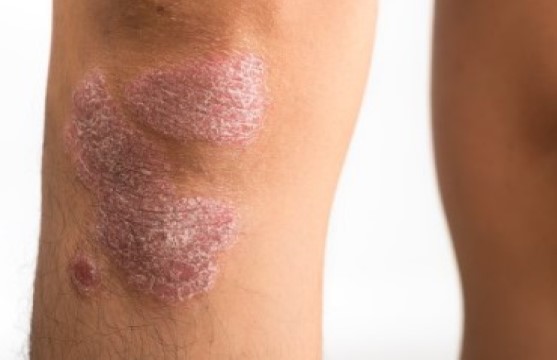

Also known as plaque psoriasis, this type occurs in 80%–90% of psoriasis cases. It mainly affects the scalp, elbows, knees, and lower back. Its characteristics are reddened, thick, and silvery-white patches of flaky skin called plaques.
Scalp Psoriasis
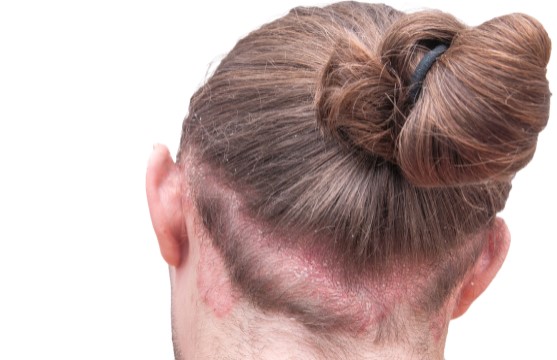

With this type, the scalp may be dotted with or entirely covered by red and itchy flaky plaques.
Nail Psoriasis
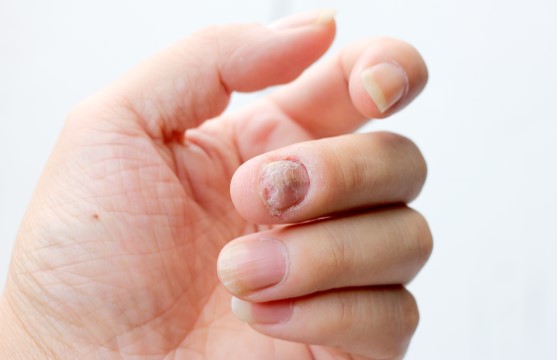

Rather than affecting the skin, this type affects the fingernails and toenails. Symptoms may include tiny pits or dents on the nails, yellowish-white discolouration, or white, crumbling nails.
Guttate psoriasis
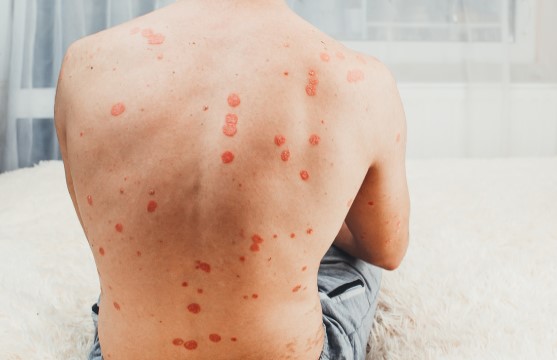

This form often develops in children and young adults. It appears as small, round pinkish spots that are raised and often scaly on the chest, arms, legs, and scalp.
Inverse psoriasis
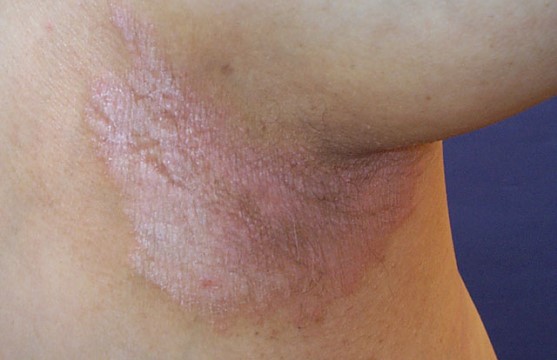

The main characteristics of this type of psoriasis include painful, smooth red patches in skin folds, mainly in the buttocks, armpits, and groin/genital area.
Hand and feet psoriasis
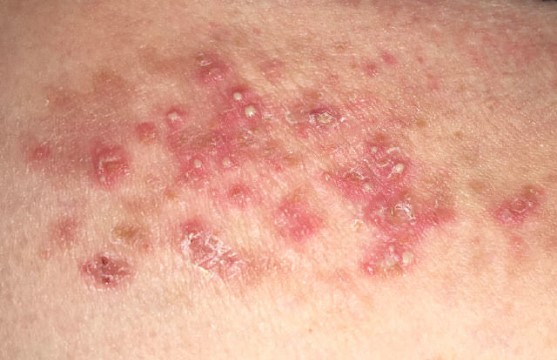

Fissured plaques develop on the palms of the hands and soles of the feet. This type of psoriasis can greatly affect a person’s ability to walk and perform tasks that involve the hands.
Erythrodermic psoriasis
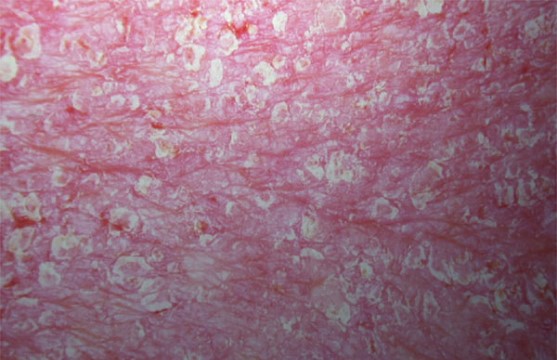

In this form of psoriasis, over 90% of the total body surface is red and inflamed and looks “burned.” The skin can be severely itchy, and the condition is usually accompanied by other signs of severe illness, including chills, fever, and a rapid pulse.
This site is intended for Canadian residents only. The content on this site is not meant to replace the guidance of a healthcare professional.
Send your Feedback!
Would you recommend the UCBCares website to other visitors?